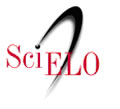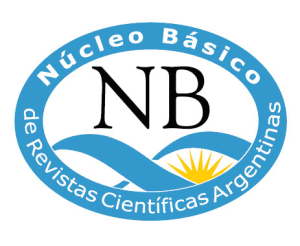Characterization of fetal placental collagen in nutritionally restricted goats during the prepubertal stage
DOI:
https://doi.org/10.62168/invet.v26i1.42Keywords:
underfeeding, goats, placenta, vascularizationAbstract
The objective of the work was to identify, through optical microscopy, transmission electron microscopy and the picrosirius red technique, the presence and disposition of collagen in term fetal placentas, coming from a nutritional restriction model. Samples of placental cotyledons were taken for analysis of tissue and vascular structure using Masson's trichrome staining and for analysis of collagen morphology and arrangement using transmission electron microscopy and picrosirius red. In restricted fetal placentas, larger vessels were observed in relation to control placentas. In them, green and orange collagen fibres predominated, thin and thick respectively. In the control placental samples, orange and yellow, thick and intermediate fibres were detected, respectively. Nutritionally restricted females expressed adequacy in the
development of the placental vascular network, and revealed changes in the expression and arrangement of collagen fibres, particularly the thicker fibers, essential for maintaining placental resistance and integrity throughout gestation. These morphological differences between treatments demonstrated that female goats are capable of facing adverse environments through metabolic and physiological adaptation mechanisms.
Downloads
Downloads
Published
Issue
Section
License
Copyright (c) 2024 Keisy Pabla Gomez, Mariana Rita Fiorimanti, Andrea Lorena Cristofolini, Anabella Benzoni, Mauricio Luján, Oscar Luján, Claudio Gustavo Barbeito, Cecilia Inés Merkis

This work is licensed under a Creative Commons Attribution-NonCommercial-NoDerivatives 4.0 International License.













